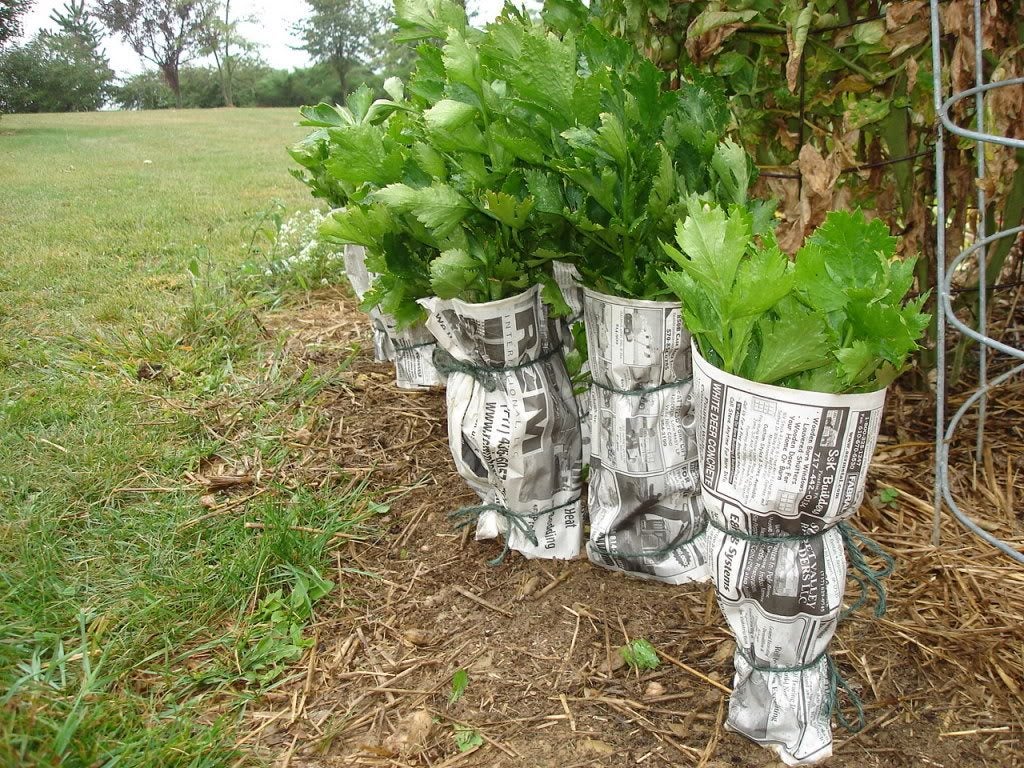Learn About Blanching Celery In The Garden


Simply put, celery isn't the easiest crop to grow in the garden. Even after all the work and time involved with growing celery, bitter celery is one of the most common complaints at harvest time.
Methods for Blanching Celery
When celery has bitter taste, chances are it hasn't been blanched. Blanching celery is often done to prevent bitter celery. Blanched plants lack green color, as the light source of celery is blocked out, which results in a paler color. Blanching celery does, however, give it a sweeter taste and plants are generally more tender. Although some self-blanching varieties are available, many gardeners prefer to blanch celery themselves. There are several methods for blanching celery. All of which are accomplished two to three weeks prior to harvesting.
- Typically, paper or boards are used to block out the light and shade the stalks of celery.
- Blanch plants by gently wrapping the stalks with a brown paper bag and tying these with pantyhose.
- Build up the soil to about a third of the way up and repeat this process each week until reaching the base of its leaves.
- Alternatively, you can place boards on either side of the plant rows or use milk cartons (with tops and bottoms removed) to cover the celery plants.
- Some people also grow celery in trenches, which are gradually filled with soil a few weeks prior to harvesting.
Blanching is a good way to rid the garden of bitter celery. However, it's not considered as nutritious as regular, green celery. Blanching celery is, of course, optional. Bitter celery may not taste that great, but sometimes all you need when celery has bitter taste is a little peanut butter or ranch dressing to give it some additional flavor.
Sign up for the Gardening Know How newsletter today and receive a free copy of our e-book "How to Grow Delicious Tomatoes".

Nikki Tilley has been gardening for nearly three decades. The former Senior Editor and Archivist of Gardening Know How, Nikki has also authored six gardening books.